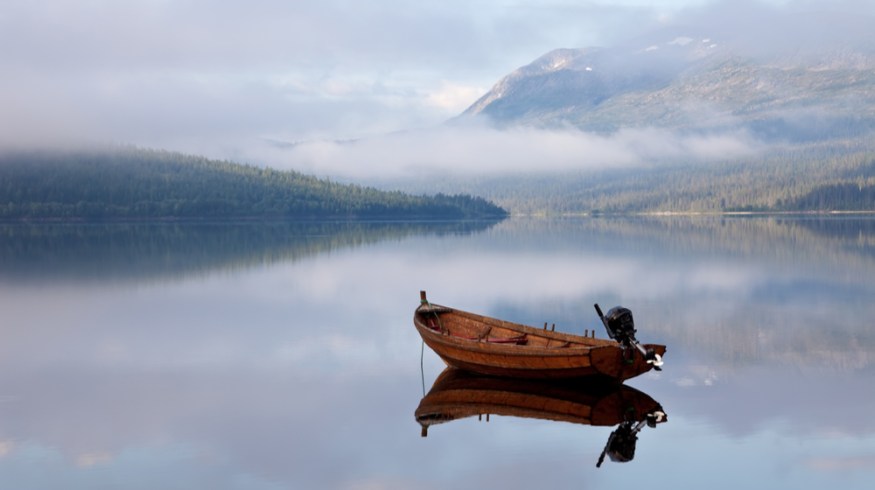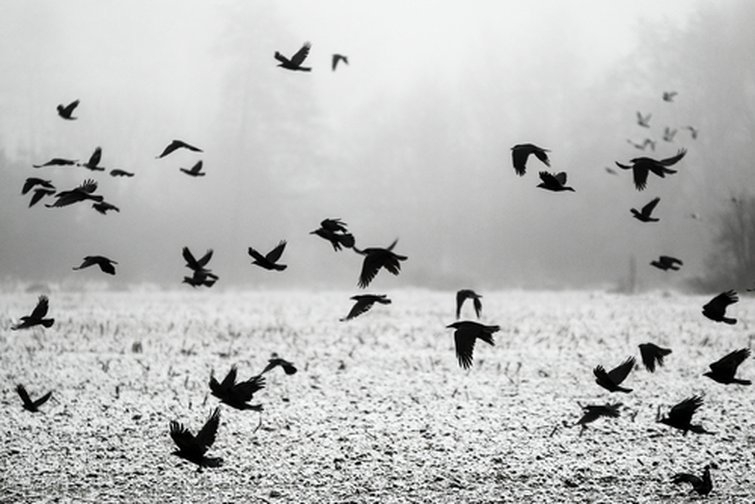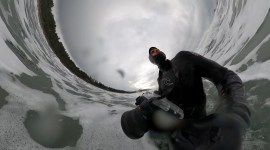
Painting with Sound: Save Your Bad Shots with Good Sound Design
This video tutorial explores a crucial technique that can raise production value — replacing your audio with dynamic, cinematic sound design.
We’ll say it again and as many times as we can for the rest of our days — solid audio is crucial to the success of your film and video projects.
When you neglect sound, even the most beautiful shot can feel off. And that’s because you’re neglecting the aural elements of a scene, the sounds that can and should complement (and sometimes carry) the visuals captured by your camera. And that means you’re leaving storytelling money on the table. You’re not painting a full picture of the moment you’re trying to create.
Thankfully, all is not lost. Sound design will help.
Proper sound design can provide significant storytelling elements without even showing them in the frame. That’s why well-developed podcasts put you at the edge of your seat, just as well-developed cinema can. I put this concept to the test in my latest short film “The Statement.”
In the film, I used no real audio. I got every single sound from several popular sites, including PremiumBeat. I’ve leaned into this model of filmmaking on nearly every project to date, and it’s doubled my production value for the low cost of a subscription to a sound effects website.
Of course, you should record real and RAW audio as much as possible, but the reality is, so much more story can be revealed through unseen sounds.
This video dives into why sound is essential to creating a cinematic environment for your project. Here are some tactical tools.
Determine Your Genre
Before dipping into your SFX, determine your genre. A horror film’s sound design is very different than that of a romantic comedy. For example, the shot of a beach could have a harsh wind or soothing waves. The wildlife could be calming birds chirping or annoying crows cawing. Once you land on your genre, start selecting sounds that match that flavor.

It’s important to choose your genre prior to sound selection. Image via JakubD.
I find an excellent way to understand what fits and what doesn’t is by playing the scene/film with a trial and error approach. Download some sounds and apply them to your timeline. If the sounds jive, you’re on fire! Continue down that auditory rabbit hole. If your sound effects feel off, look for other options.
Fortunately, many SFX websites provide a wide range of similar sounds. For example, the “birds” category comes jam-packed with dozens of options to choose from. Place, play, and splice, if needed. Remember, if it doesn’t work, try something new.
Watch Your Video with Your Ears
To find the best sound for your video, consider every element — on and off camera — that would need sound. For example, the shot of a summer sunset by the water provides several auditory visuals like water, trees, wildlife, etc. After finding those key elements, break down what they need.
Take a look at this shot, for example. What do you see? You see some trees, sky, water, a little bit of grass, and a lighthouse.

Paint a picture for your audience through sound. Image via Doug Lemke.
Let’s make the sound of water into the sound of waves. Great. Now there’s the sky. What does the sky sound like? Well, it could sound like wind, maybe some seagulls. So, we now have wind, seagulls, and waves. It’s starting to have a bit of a beachy vibe. Maybe the grass has a hint of sound, let’s add a bit of that, as well. The lighthouse is perfect in that it adds character to an otherwise mundane setting.
Now, you’ve painted a picture for your audience, as well as a setting ready for action. But, we’re not done just yet.
Layer Then Remove
Finally, layer the SFX into a timeline and prioritize them. Which ones add character to the scene? Which ones detract from the moment? I find going in strong with your audio and then slowly removing sounds is a good practice.
You’ll need to adjust the decibels, too. Don’t have everything resting in its original setting. Most sounds need to be set lower than their original recording because they’ll be layered with other sounds. I find setting things to -24dbs is a good baseline to work up from.
The more you understand and embrace audio, the more you can use this tool to paint the perfect picture. Here are few more resources that can help you improve the way you approach audio:
- Free Epic Sound Effects for Film Trailers
- Best Practices for Video Editors Working with an Audio Team
- Affordable Field Recorders for Filmmakers
- Cleaning and Mastering Audio in Premiere Pro with Audition
- Record and Catalog Sound Effects While Stranded at Home
Cover image via Morozov67.





